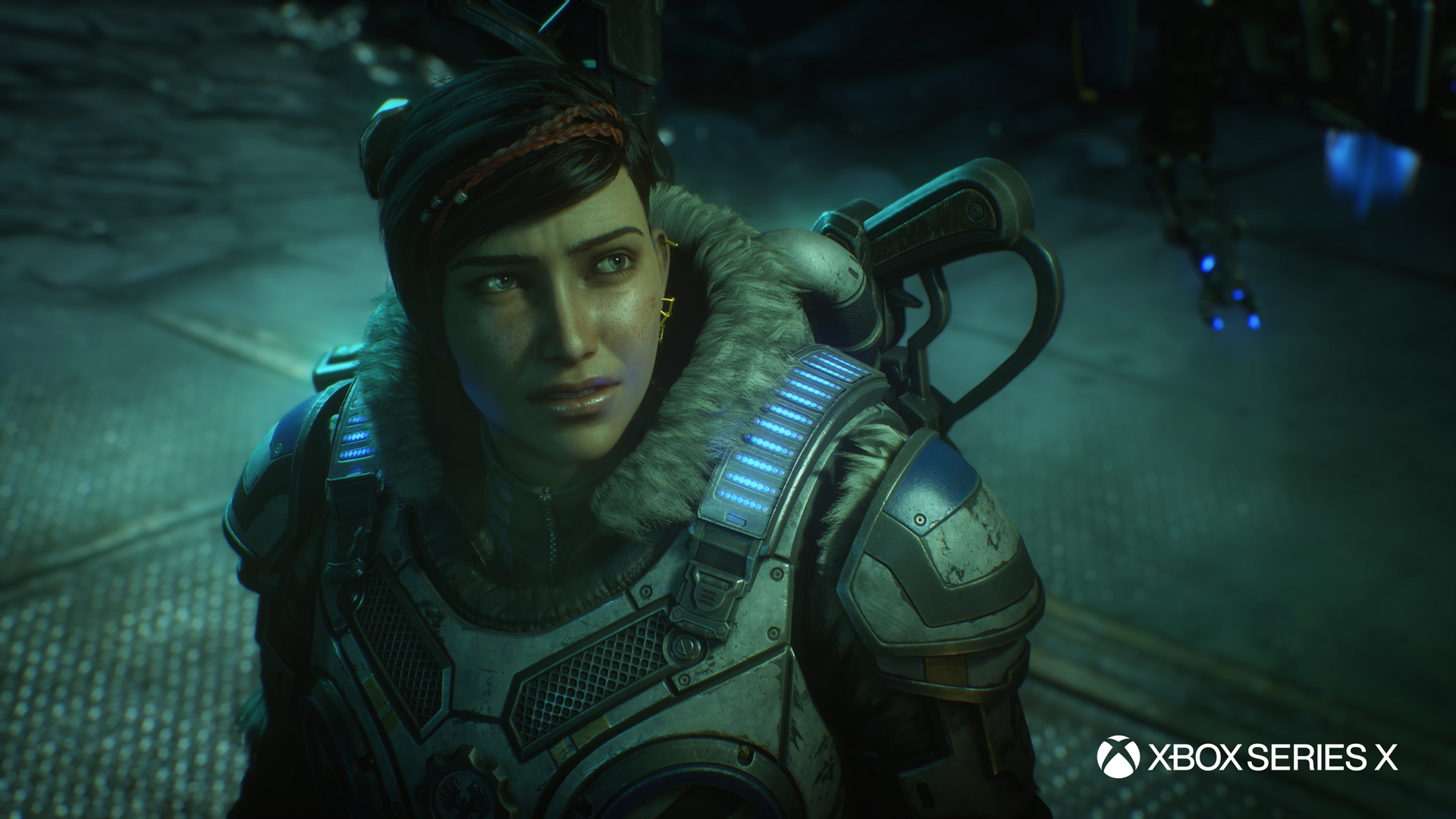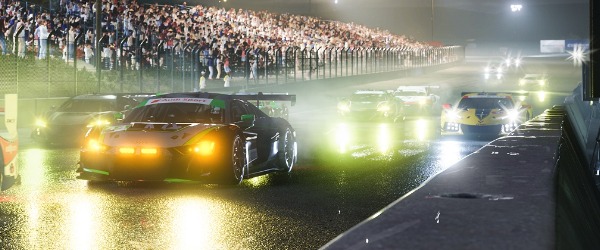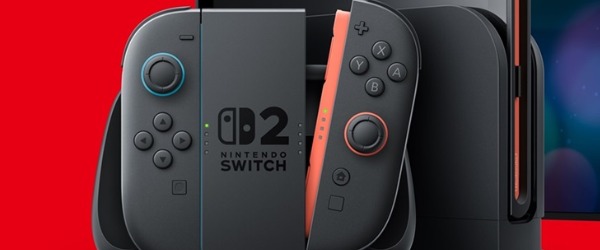
Xbox Series X and S are the Only Next-Gen Consoles With Full RDNA 2 Integration - News
by William D'Angelo , posted on 04 February 2021 / 3,305 ViewsMicrosoft has been working with AMD for 15 years starting with the Xbox 360 and that is no different with the Xbox Series X and Xbox Series S.
Microsoft in partnership with AMD announced the Xbox Series X and Xbox Series S will be the only next-generation consoles with full hardware support for all the RDNA 2 capabilities that AMD showcased during its presentation showcasing the Radeon RX 6000 Series of RDNA 2 GPUs.

Read all the information below via the Xbox Wire:
AMD’s latest RDNA 2 architecture delivers a significant increase in performance and efficiency over previous architectures, as well as adding new hardware acceleration capabilities including hardware accelerated DirectX Raytracing, Mesh Shaders, Sampler Feedback and Variable Rate Shading. Hardware accelerated DirectX Raytracing, showcased at launch by titles such as Ubisoft’s Watch Dogs: Legion, enables developers to deliver a new level of visual fidelity and immersion through techniques such as realistic lighting, shadows, reflections and acoustics. Mesh Shaders can manipulate geometry in real time to provide a high level of fidelity and flexibility that developers have never had before. Sampler Feedback greatly improves memory efficiency by allowing games to load into memory, with fine granularity, only the portions of textures that the GPU needs for a scene, as it needs it, providing an effective 2.5x memory and bandwidth multiplier beyond the raw hardware capabilities. Sampler Feedback also enables efficient creation and shading of textures on-demand.
Finally, Variable Rate Shading (VRS) delivers much finer grain control on how developers can leverage the full power of the Xbox Series X|S by enabling developers to focus their GPU resources on the areas of a frame that most benefit without reducing the overall image quality. By leveraging techniques like VRS, games such as Gears 5 can see performance increases up to 15% and beyond resulting in higher, more consistent frame rates and resolution at the exact same image quality. All of these next-generation capabilities are available via hardware in both the Xbox Series X and Series S and we are excited for them to also come to PC, providing a common set of features that developers can rely on when developing their games across console and PC.
At the very beginning of development of the Xbox Series X | S, we knew we were setting the foundation for the next decade of gaming innovation and performance across console, PC and cloud. To deliver on this vision we wanted to leverage the full capabilities of RDNA 2 in hardware from day one. Through close collaboration and partnership between Xbox and AMD, not only have we delivered on this promise, we have gone even further introducing additional next-generation innovation such as hardware accelerated Machine Learning capabilities for better NPC intelligence, more lifelike animation, and improved visual quality via techniques such as ML powered super resolution.
In our quest to put gamers and developers first we chose to wait for the most advanced technology from our partners at AMD before finalizing our architecture. Now, with the upcoming release of Xbox Series X|S and the new AMD Radeon RX 6000 Series GPUs, developers have a common set of next-generation tools and performance capabilities that will empower them to deliver transformative gaming experiences across both console and PC.
We are extremely proud of the results gamers will see at launch from titles such as Gears 5, Assassin’s Creed Valhalla, Dirt 5, and many, many more, but we are even more excited by how developers will be able to take further advantage of these next-generation innovations in the future, resulting in a level of visual fidelity and immersion never before thought possible in console gaming.
We want to thank AMD for their continued partnership, and we congratulate them on the announcements today as they usher in the next generation of graphics technology into the PC ecosystem. With less than two weeks from the global launch of Xbox Series X and Xbox Series S on November 10, we can’t wait to kick off the next decade of gaming with you.
A life-long and avid gamer, William D'Angelo was first introduced to VGChartz in 2007. After years of supporting the site, he was brought on in 2010 as a junior analyst, working his way up to lead analyst in 2012. He has expanded his involvement in the gaming community by producing content on his own YouTube channel and Twitch channel dedicated to gaming Let's Plays and tutorials. You can contact the author at wdangelo@vgchartz.com or on Twitter @TrunksWD.
More Articles
Sony implemented their own geometry engine
since I can't edit
Timestamp
https://www.youtube.com/watch?v=ph8LyNIT9sg&t=1707&app=desktop
Mark Cerny’s Road to PS5 and the way it was explained, it seems that the PS5 geometry engine is just another name for primitive shaders or mesh shaders.
It's basically a technology that AMD introduced with Vega, but Vega didn't benefit from it and the feature was broken and inoperable, but AMD did refined it with RDNA1.
There isn't anything special on this front, Sony may have introduced a few extra units and dialed up the performance of each one thanks to increased clockrates though, but for all intents and purposes it's functionally the same as what we have had since Vega on paper and has been an industry standard for years...
It's just only now that developers are starting to use it and understand it.
nVidia also has similar technology that they pushed out with Turing called Mesh Shaders, it's basically just more control over geometry allowing for a more efficient use of polygons, which should result in better LOD's.
I'm just ready to see how the consoles compare in actual games
Time will tell what this means...
Since it doesnt say what PS5 wont get it doesnt help a lot, could really be no support for DirectX12 or something that wont really impact anything in the end.
Exactly, that will probably take some time to happen.
I can guarantee you there won't be DX12 on any non-Xbox console, because DX is a Microsoft thing. As for similar features, I don't currently have enough expertise to go there.
Exactly shika, PS5 may have something equivalent to the mesh feature or not, but certainly it wont have this and directx as those are obviously exclusive to MS. Similar to MS not having access to tempest audio and possibly some features Sony put in. Still since they didnt confirm full RDNA2 for PS5 lets see if anything meaningfull is missing. Lack of a DLSS competitive feature will be a burden (since MS have it) and the SW techniques although good wont be superior to HW.
@Shika PS5 says Hardware Based Ray-Tracing where as the Xbox X/S says Hardware Accelerated Ray-Tracing. Not sure if the wording actually means different things, i tried googling it and some say RT Accelerated is less demanding on GPU compared to Hardware based.. I need to see DFs take on it as i am not sure if its true.
Well... i guess we will see why this matters in games. In practice I don't expect much disparity.
Pretty much this. Seeing the first batch of games it would seem this will hold true throughout the generation.






















 Essay Pro
Essay Pro